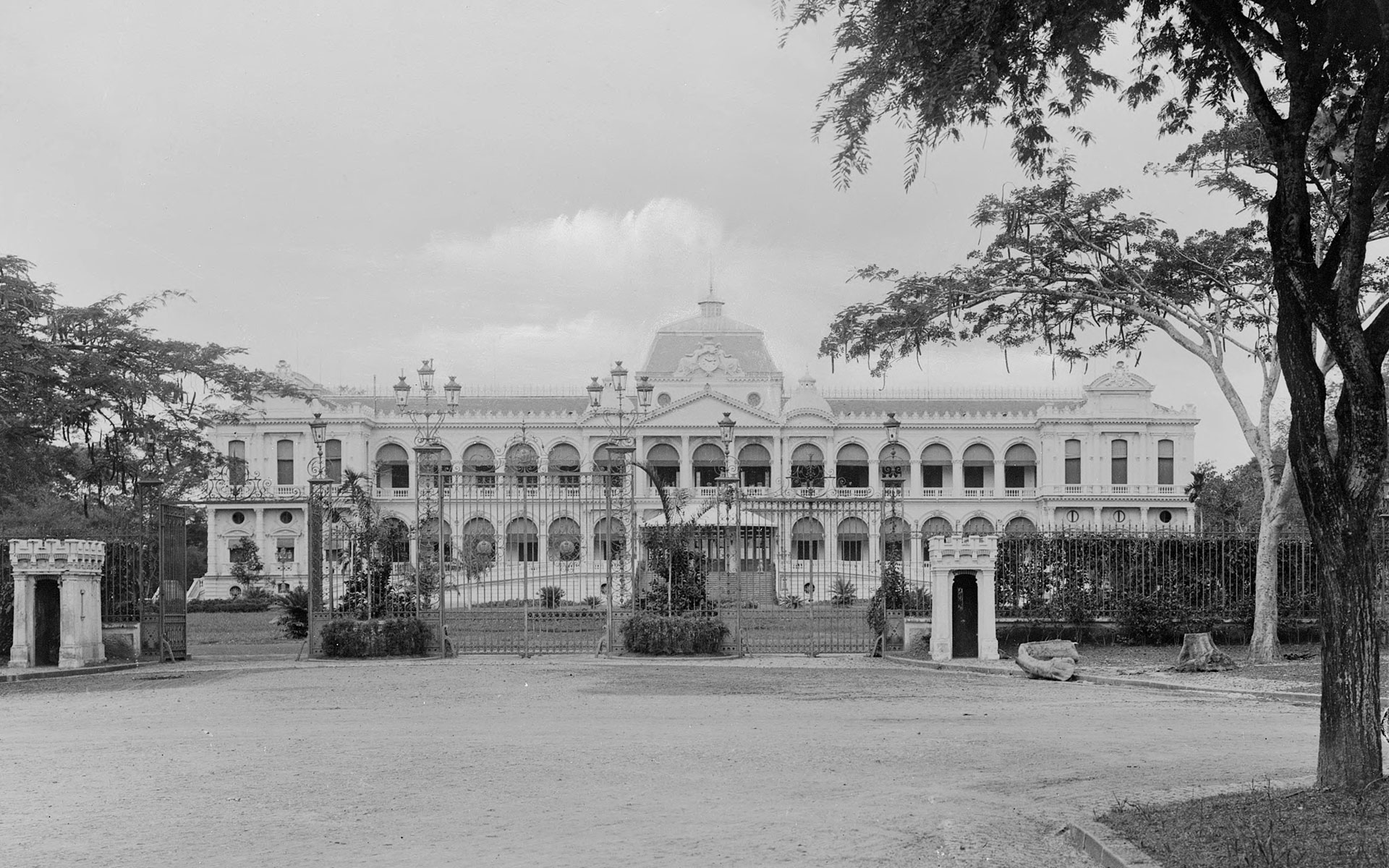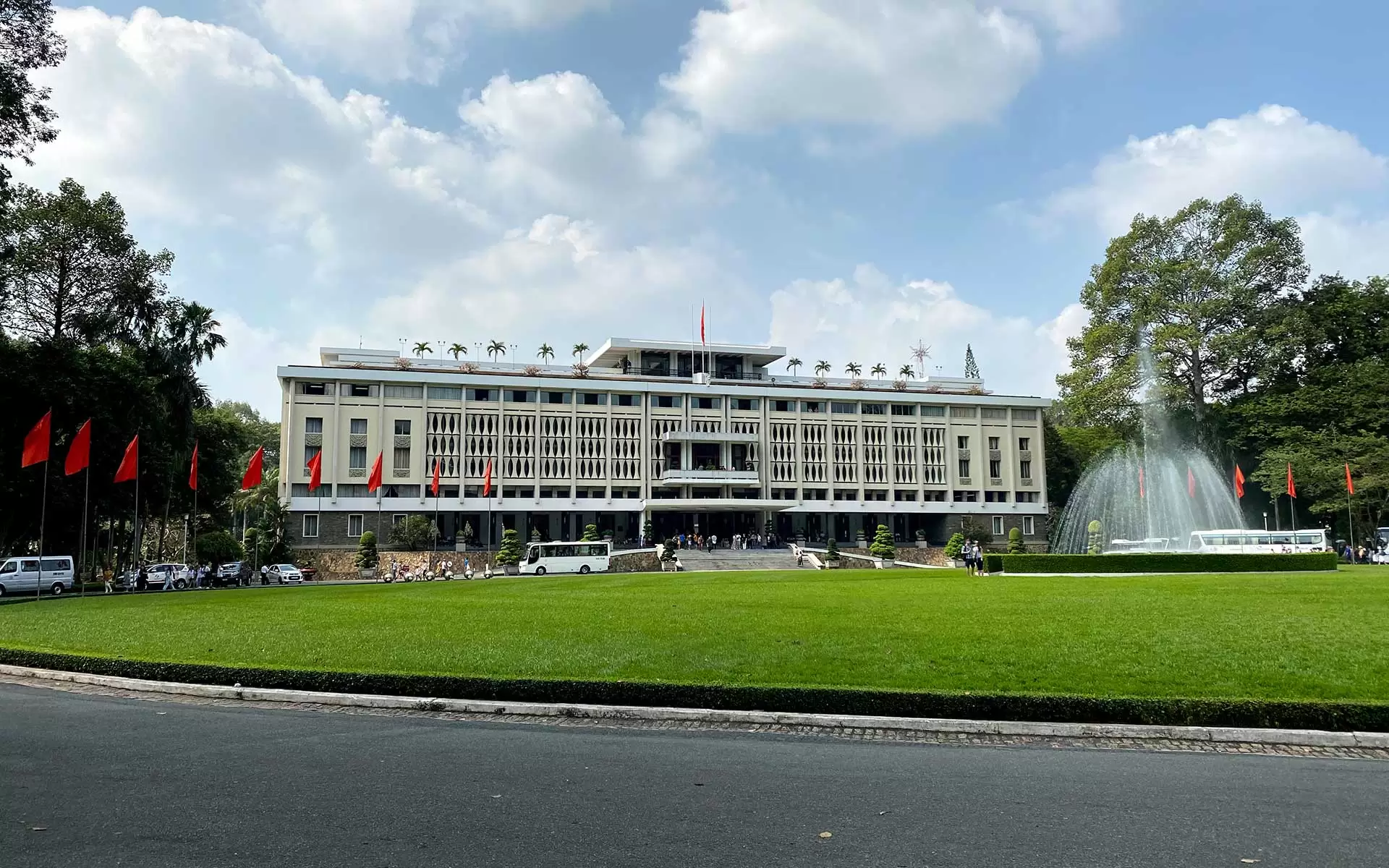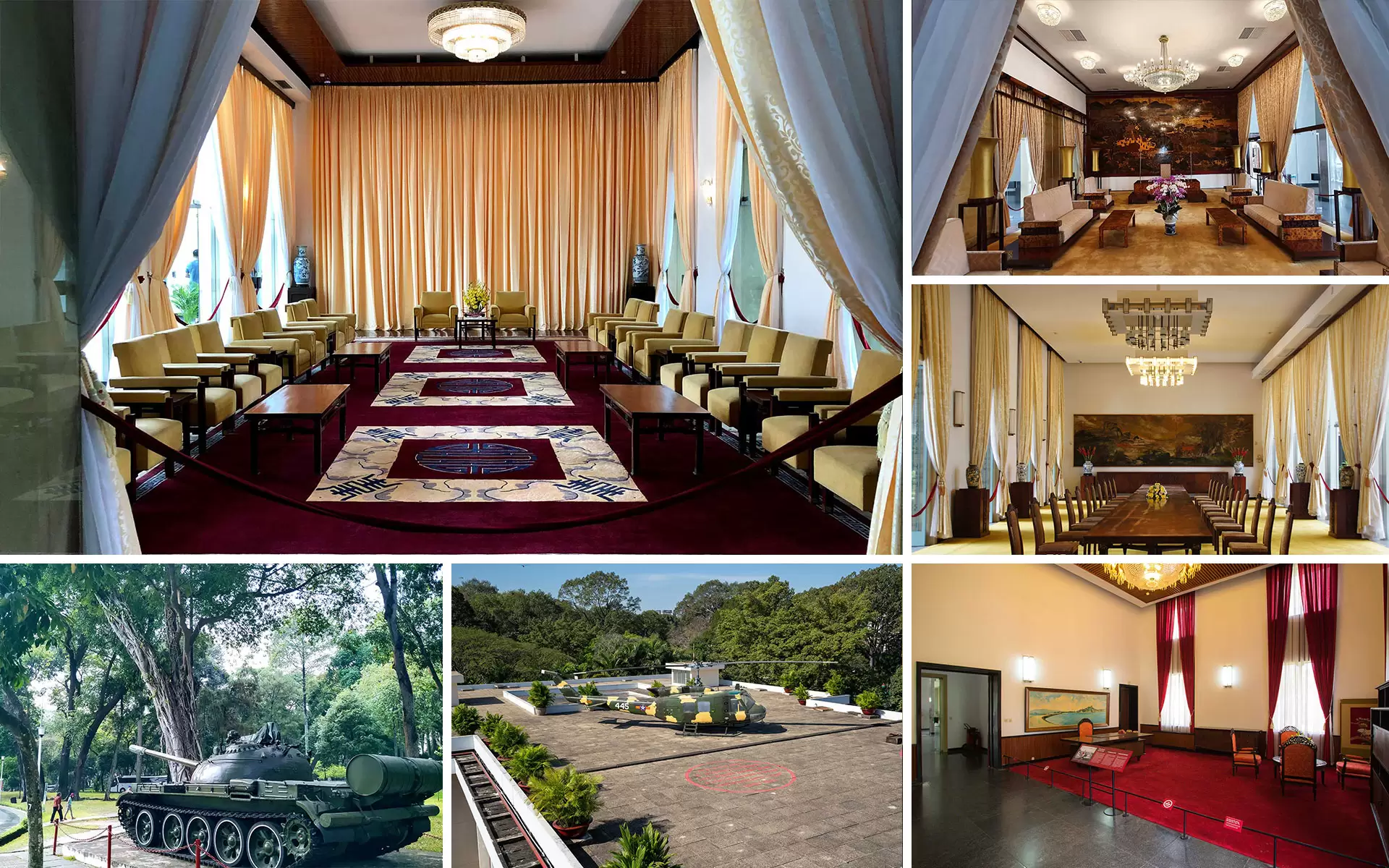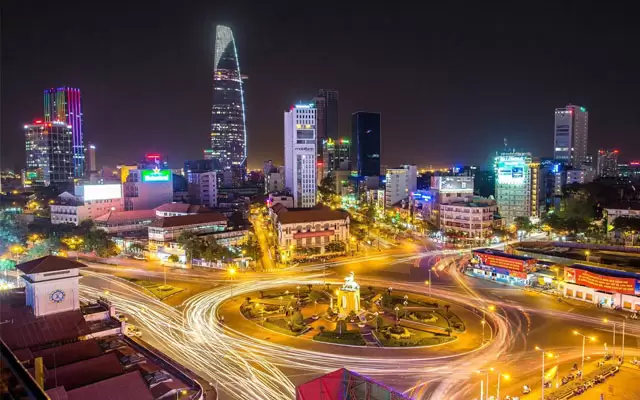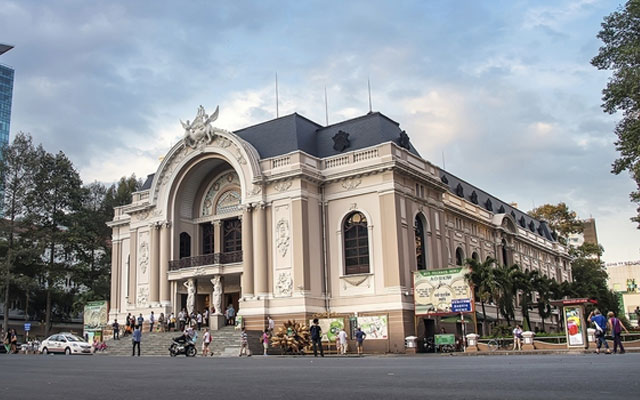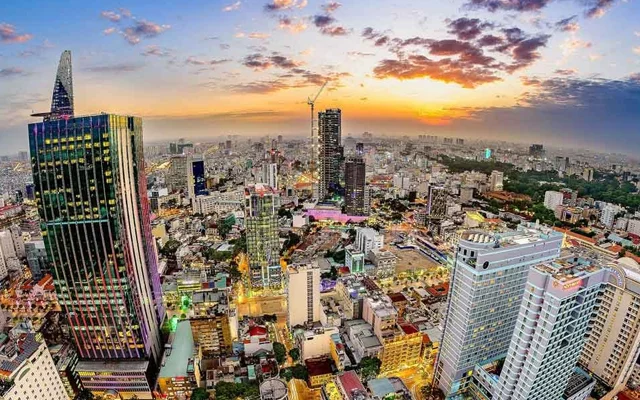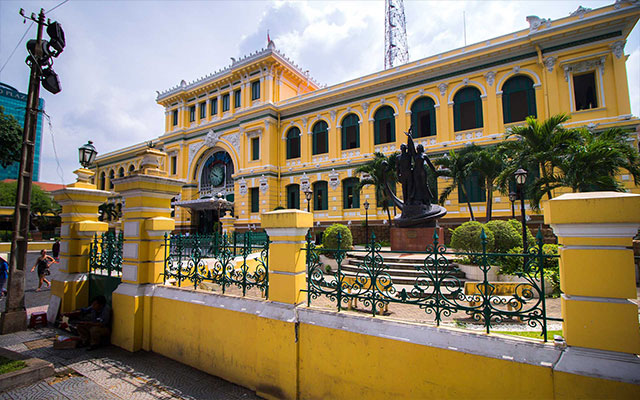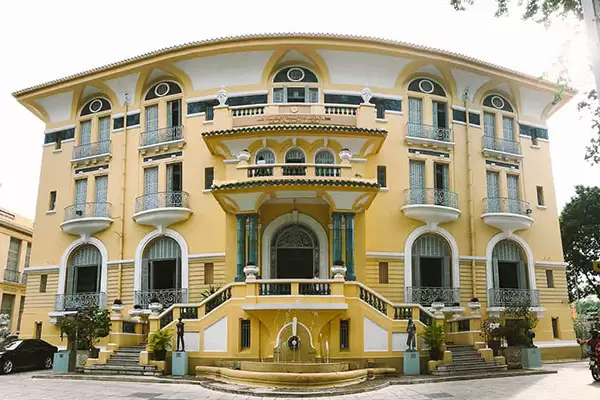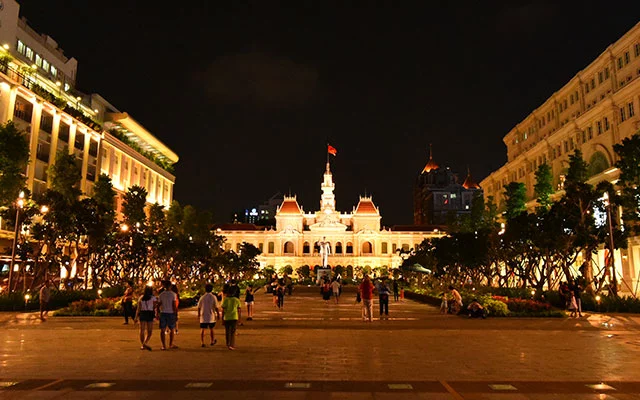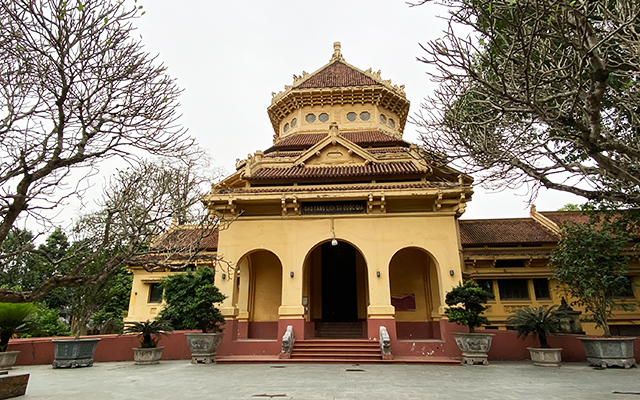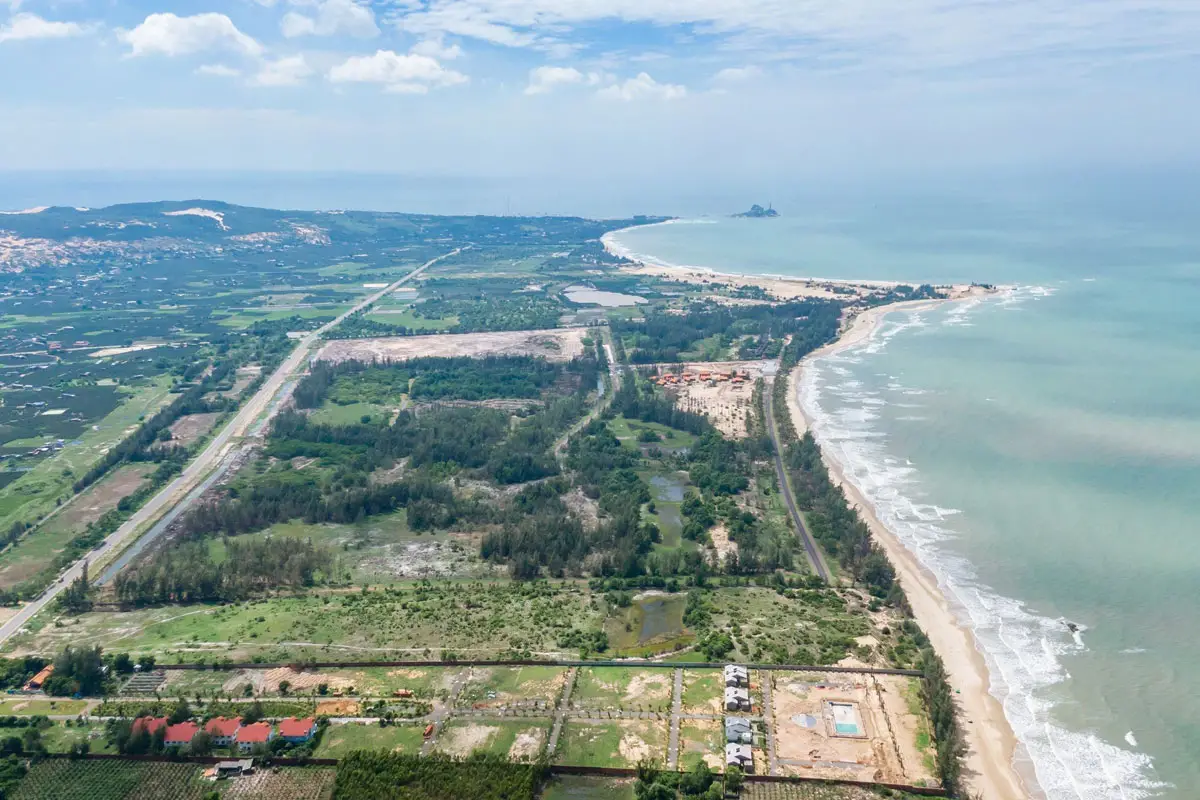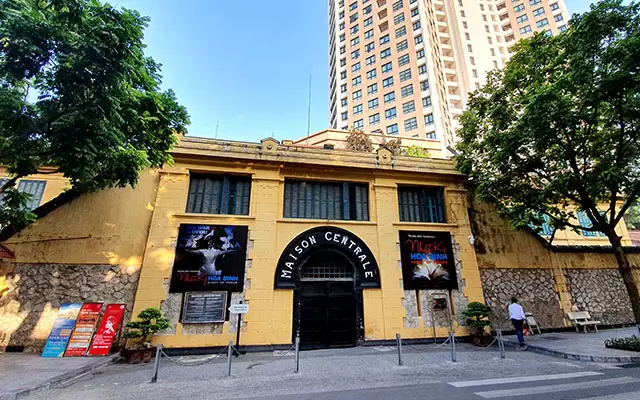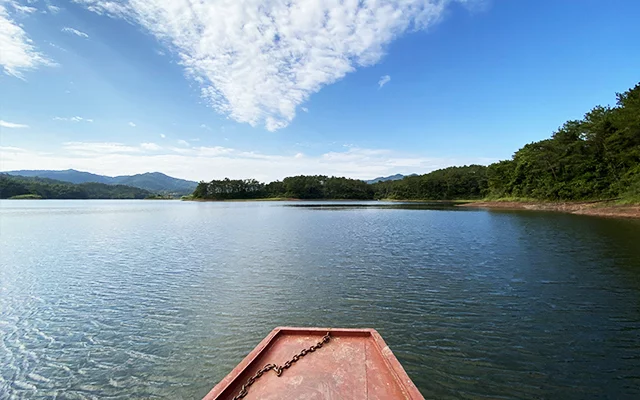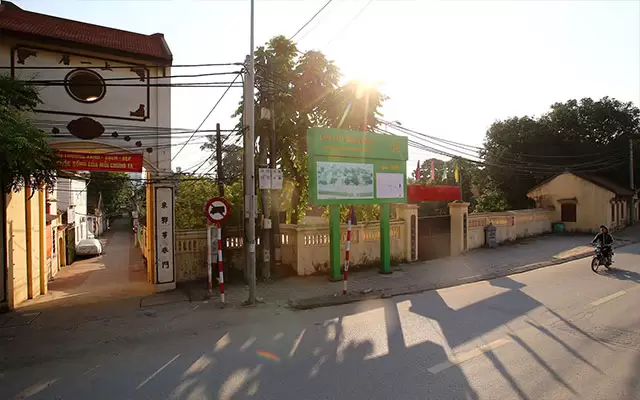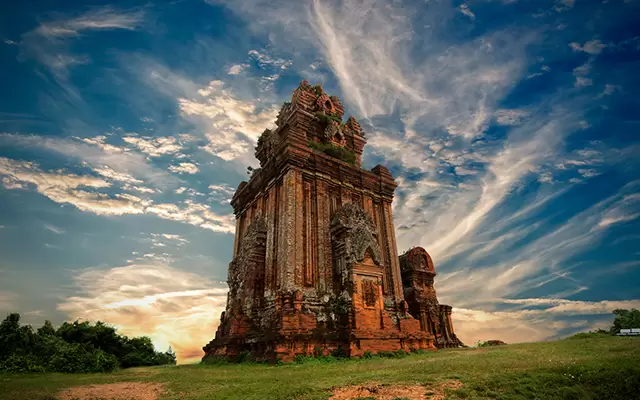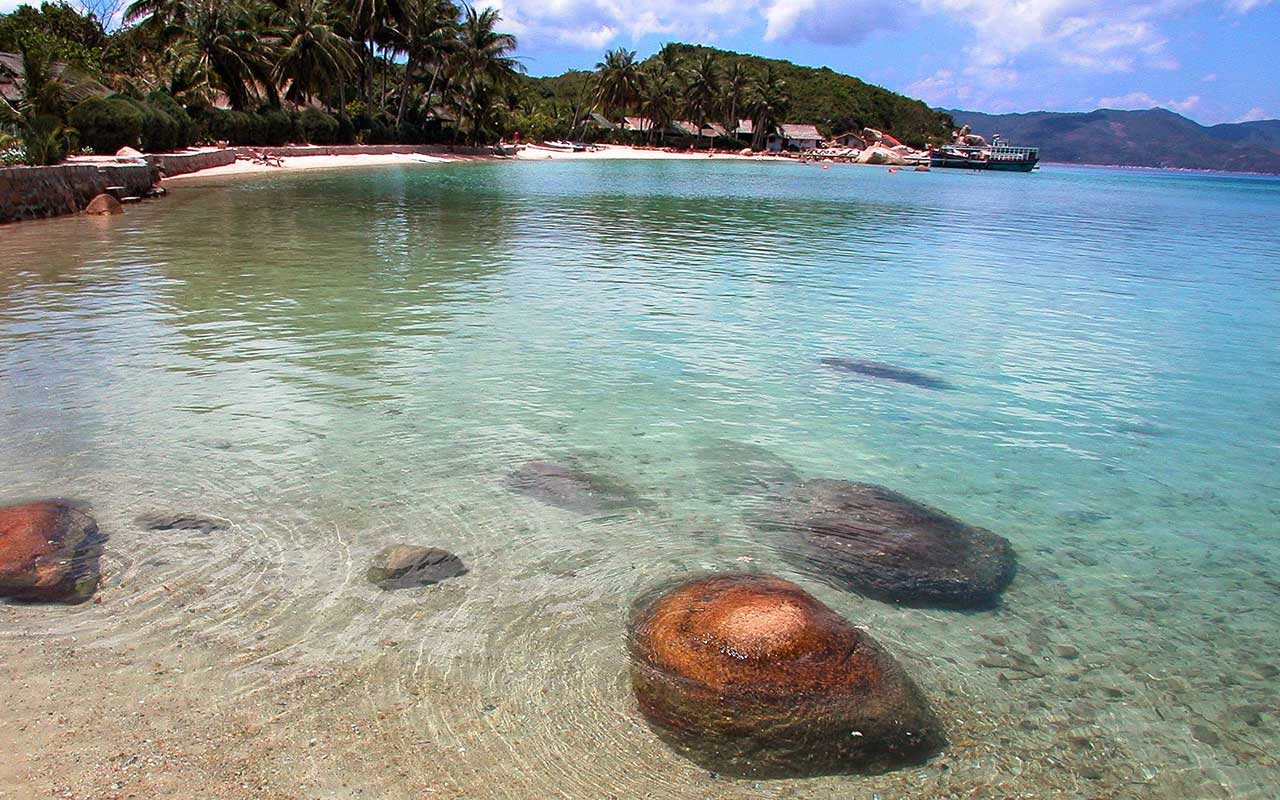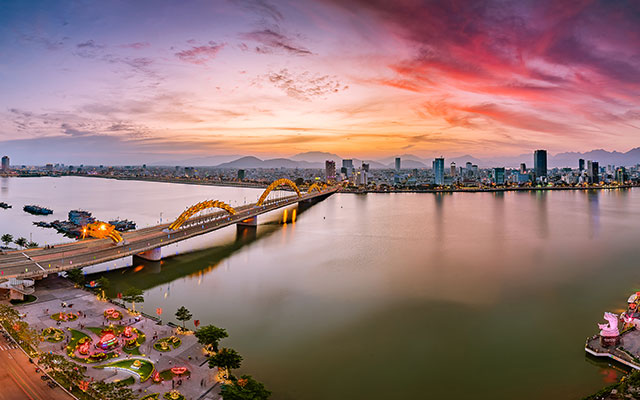Independence Palace, Ho Chi Minh city
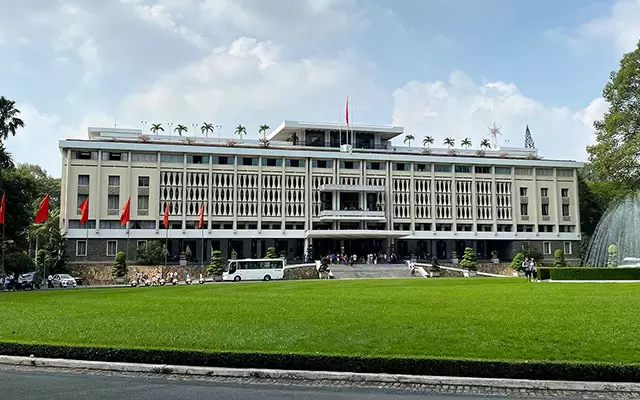
Independence Palace, also known as Reunification Palace, is one of the most famous historic sites in Ho Chi Minh City (locally called Saigon). It has stayed there and witnessed the happenings of two fierce wars against the French and American colonists to end the Vietnam War and reunite the country.
Table of Contents
History of Independence Palace
After the French had conquered 6 provinces in South Vietnam (Cochinchine), they built a building called Norodom Palace as a residence for the Governor-General in 1868 and took 3 years to complete. From 1871 to 1887, the palace was used by the French Governor of Cochinchine; therefore, it was referred to as the Governor’s Palace. From 1887 to 1945, all Governors-General of French Indochina used the palace as their residence and working place during the Indochina invasion.
On 9 March 1945, Japanese forces overthrew the French and took sole control of Indochina. Norodom Palace became the headquarters for Japanese in Vietnam. In September 1945, with the defeat of the Japanese in the World War II, the French returned to occupy the Southern Vietnam. Once again, Norodom Palace was made the French regime’s headquarters in Vietnam.
On May 1954, the French was defeated at Dien Bien Phu battle, had to sign the Geneva Agreement and withdrew its troops from Vietnam. The United States jumped into the fray in an effort to occupy the South. Thus, Vietnam was temporarily divided into 2 regions: the North under the direction of the Democratic Republic of Vietnam and the South under the newly proclaimed Republic of Vietnam by Ngo Dinh Diem, financed by America. The Norodom Palace was also renamed to Independence Palace and became the office and residence of Ngo Dinh Diem and his family.
The rebellious bombing in February 1962 left the palace in irreparable, and as a result, Ngo Dinh Diem ordered to rebuild a new one. The construction started in 1962 following the design of Vietnamese architect Ngo Viet Thu. However, Ngo Dinh Diem did not have chance to see it since he and his brother had been assassinated in 1963 before the palace was completed in 1966. Then the new Independence Palace was served as home and workplace of Nguyen Van Thieu from 1967 to 1975.
On 30 April 1975, the two tanks of the North Vietnamese Army crushed down the walls of the Independence Palace marking the fall of the Republic of Vietnam, ending Vietnam War reuniting the whole country.
Architecture of Independence Palace
Independence Palace’s architecture is the harmonious combination between modern Western and classical Eastern styles. Architect Ngo Viet Thu incorporated fortunate Chinese characters into the layout and design of the building. Therefore, the shape of the palace has great reflections of different Chinese characters when viewed from different angles.
The Independence Palace has 2 main floors, 2 mezzanines, a terrace and a basement with about 100 rooms decorated in different styles to suit different purposes.
– Cabinet room: It was used to organize meetings and cabinet launch ceremonies.
– State banquet hall: The notable events was held at this room which could accommodate up to 100 guests.
– Presidential office: was workplace of President.
– Presidential family’s residence: There are a small rock garden, a display of rare gifts and the President’s private family with bedrooms and a dining room.
– Ambassadors chamber: There is the painting “Binh Ngo Dai cao” (Proclamation Of Victory) hanging on the wall. It consists of 40 small pieces representing the peaceful life of Vietnamese people in the 15th century.
– Basement: includes command center, communication department…
– Library, cinema, card-playing room, entertainment lounge, casino: where President and his officers relax after working time.
On the front yard of the palace is an oval lawn with a diameter of 102m. The shape of the green of the grass creates a calming, refreshing feeling for guests as soon as they pass through the gate. Running along the width of the yard is a semicircular lake. In the lake, there are lotus and water lilies, evoking the image of peaceful lakes in Vietnam’s ancient temples and pagodas.
How to get to Independence Palace
The Independence Palace is located at 135 Nam Ky Khoi Nghia Street, District 1, right in the city center and close to many famous attractions of Saigon such as Saigon Notre Dame Cathedral, City’s Centre Post Office, Saigon Opera House. From your hotel in city center, you can take a leisure walk to this site or catch a taxi as a faster alternative. It is highly recommended to book a guided Saigon city tour with local travel agency for better experience.
Entrance fee & Opening hours
The Independence Palace opens for visit every day, from 8:00 AM to 17:30 PM. The entrance ticket is 40,000VND/ per adult and 10,000 VND/ per child. If you want to see the Exhibits “From Norodom Palace to Independence Palace 1868 – 1966”, you should pay more 25,000 VND/ adult and 5,000 VND for children. You can buy ticket at the main entrance of the palace, on the east side of the palace’s garden.
 Italiano
Italiano
 English
English

